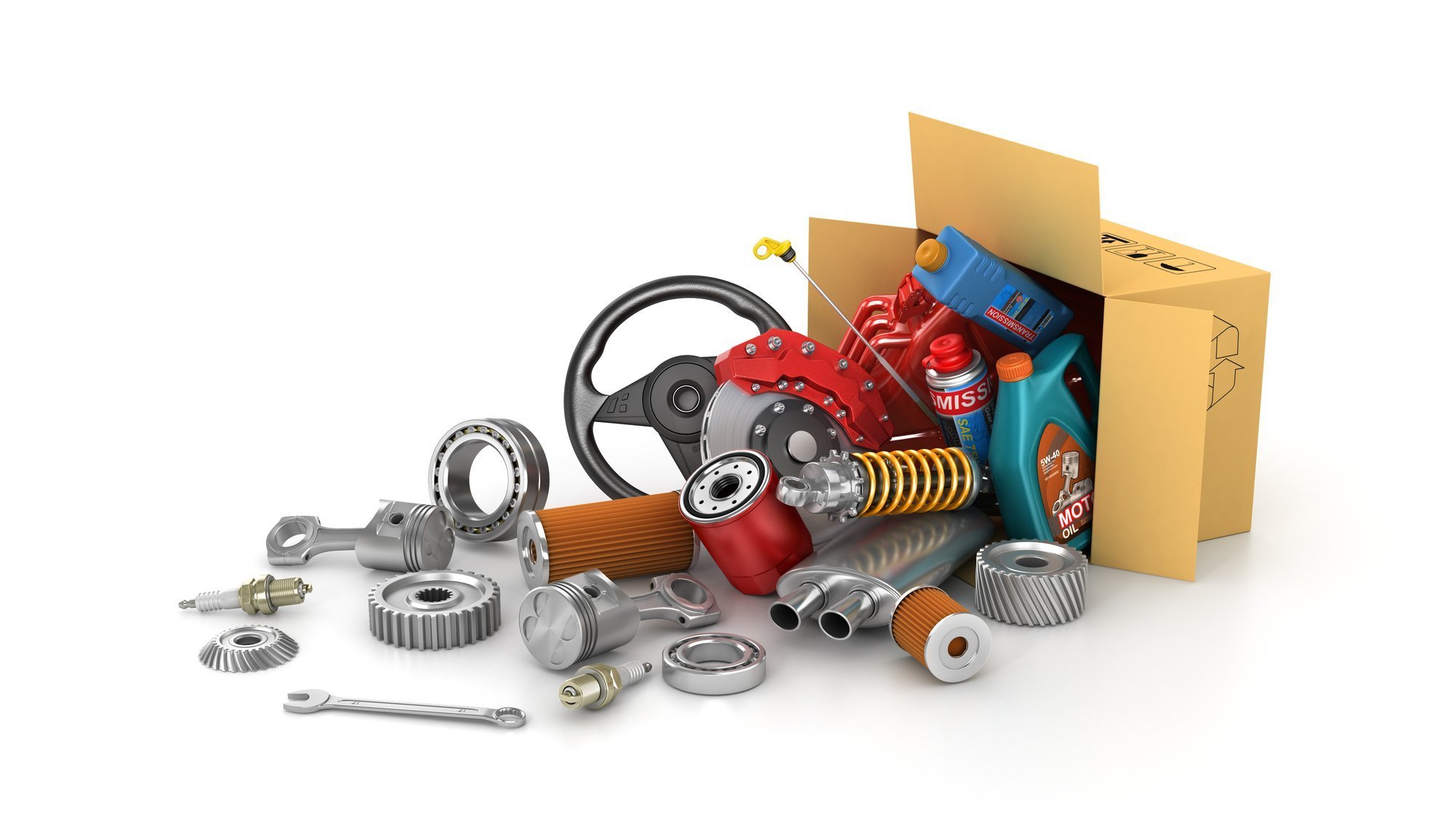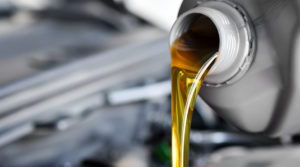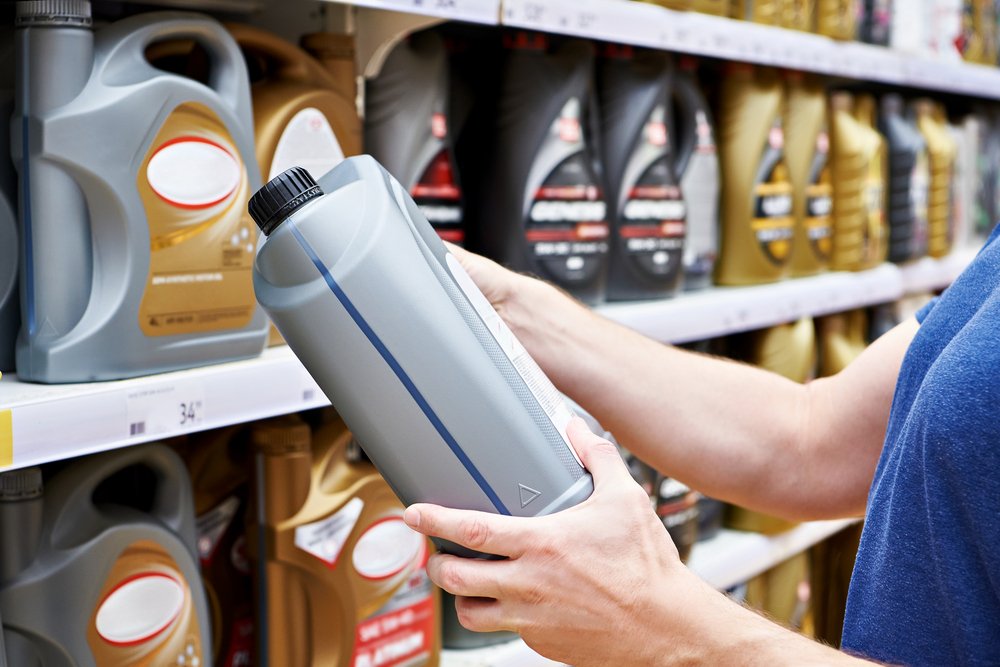
Retail sales of automotive aftermarket products are up 2 per cent through the first five months of the year but unit demand remained flat.
That said, erratic weather patterns led to a strong January, complicating year-to-date performance as a reliable indicator for the rest of the year, according to Circana’s latest Future of Auto report. As a result, industry performance is expected to slow, resulting in generally flat sales compared to 2023.
“Fundamental consumer behaviour shifts took root at the macro level in 2020 and 2021 and they are still benefitting the retail automotive aftermarket,” said Nathan Shipley, automotive industry analyst for Circana. “While the aftermarket continues to be one of the strongest performing industries tracked by Circana, demand is softening a bit as macroeconomic factors impact consumers across the board.”
He pointed to food prices as being more than 30 per cent higher than in 20019.
“These kinds of dynamics are impacting spending and maintenance behaviour among vehicle owners, particularly the lower income consumers that are more likely to drive older cars and conduct their own maintenance,” he added.
There is minimal growth in average selling prices expected for the auto care sector this year, estimated at just 0.4% in the U.S. This will be driven by both deepening promotional activity and consumer trade-down at the shelf, Circana’s report said. Coupled with flat unit demand, the overall sales revenue of the industry will be impacted.
The largest source of volume growth in the year ahead is projected to be in chemicals, additives, and fluids, which will generate a 2 per cent increase in dollar gains in 2024. Discretionary categories, including products meant to accessorize or clean the vehicle, will be among the worst performers this year.
“The direction of work-from-home trends and new car sales are the two largest factors for the auto aftermarket to watch over the next year,” Shipley said. “The potential for shifts in these trends, combined with softening prices across retail, will make it critical for aftermarket manufacturers and retailers to emphasize their value with consumers as competition heats up for their still financially challenged budgets.”
Related Posts
Comments
-
Wow, I knew this was coming years ago. If you look at the economic indicators from product sales through product jobbers and distributors, the numbers will not coincide with the reduced growth from our traditional Automotive Aftermarket results. This is due to an increase in imported brands. Don’t get me wrong. I am not against market competition. What I see as a source of this downturn is the complacency of our home-grown manufacturers in not nurturing their commercial customer markets, driving them to find alternatives.
This is not new. The problem has been building upon itself for years and we’ve lost too many as a result. How many more manufacturers will have to sell out or die before the reality sinks in.













Leave a Reply